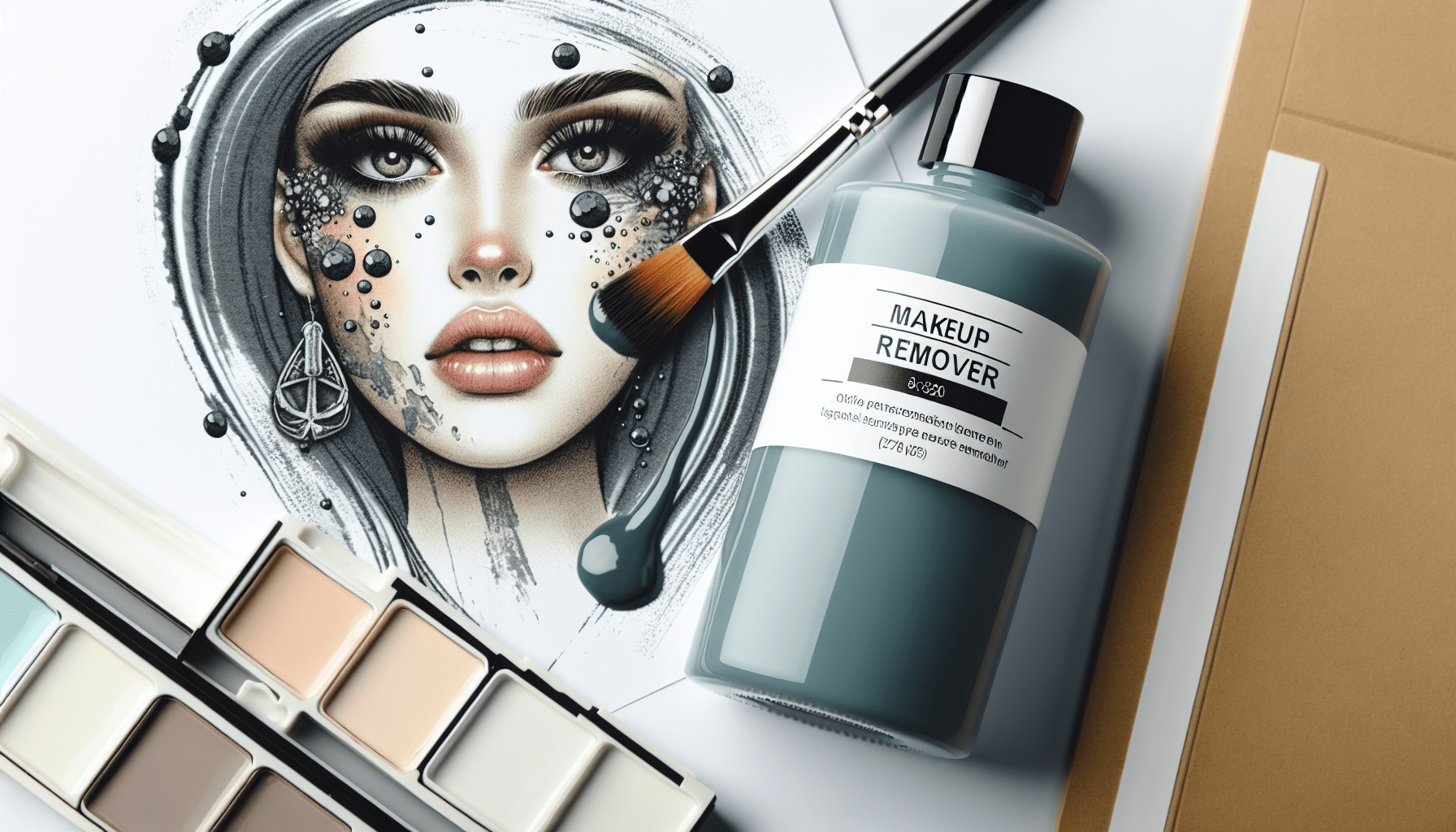Enhancing the aesthetic appeal of your surroundings often calls for a fresh dash of creativity and customization. The article “Can You Tint Oil-Based Paint” navigates through the intricacies of paint customization to answer a common question posed by DIY enthusiasts and professional decorators. It elaborates on the feasibility and techniques of introducing color to oil-based paints, discussing the procedure, necessary tools, potential challenges, and best practices.

Understanding Oil Based Paint
What is oil based paint?
oil based paint, as implied by its name, uses oil as the primary medium to suspend pigment. This paint secures a reputation for its durability, offering a smooth, glossy finish with less frequent touch-ups compared to its water-based counterparts. The oil in the paint provides a resilient layer that withstands both physical pressure and environmental conditions, making it a popular choice for high traffic areas and outdoor applications.
Properties of oil based paint
Oil based paints are characterized by their robustness. The paint features excellent adhesion properties that readily grip onto surfaces, preventing peeling and flaking. This type of paint is also resistant to stains and marks, thereby maintaining its polished appearance over time. Despite taking longer to dry, oil based paints offer the great advantage of blending with underlying layers, providing a level surface with a higher-quality finish.
Common uses of oil based paint
Due to its sturdy nature and aesthetic appeal, oil based paint is commonly found on surfaces subject to heavy use or exposure. This includes doors, furniture, trim, and exterior walls. Its capacity to adhere to different materials also enables its use on metal fixtures and various types of cabinetry.
Tinting Oil Based Paint
Is it possible to tint oil based paint?
Yes, it is indeed possible to tint oil based paint. This practice is commonplace and enables users to customize colors to a precise specification. Whether you’re trying to match an existing shade or create a unique color, tinting oil based paint gives you the flexibility to accomplish this.
Advantages of tinting oil based paint
There are several benefits to tinting oil based paint. Primarily, it expands your color palette beyond commercially available tones, allowing for uniqueness in your project. Tinting also enables you to match or complement existing colors perfectly, promoting visual harmony. Through customization, you can enhance the aesthetic appeal of your paintwork, bringing your vision to life.
Disadvantages of tinting oil based paint
However, tinting oil-based paint also presents a few challenges. Achieving the desired color intensity can require trial and error, demanding patience and precision. Tinted paint must also be used relatively quickly, as prolonged storage can lead to color changes. Lastly, extra precautions need to be taken for safety and cleanliness due to possibly harmful tinting agents.
Factors to Consider
Paint brand and type
When considering tinting your oil based paint, it’s critical to take into account the paint brand chosen. Different brands may use varied formulations which could respond uniquely to tinting agents, affecting the final color.
Compatibility of tinting agents
Compatibility of tinting agents with your chosen paint is another crucial factor to consider. Not all tinting agents are suitable for oil-based paints. There is a need for careful selection to ensure the stability of the paint and the desired color outcome is achieved.
Desired color intensity
Your desired color intensity is also key in determining the right ratio of tinting agent to paint. More tint leads to a more saturated color, while less creates a subtler hue. But remember, it is always easier to add more tint than to remove it, so start modestly and gradually adjust as needed.
Consulting the paint manufacturer
Should you have concerns about tinting your oil based paint, feel free to consult the paint manufacturer directly. They can provide guidance on suitable tinting agents for their products and possibly even offer tips on achieving your desired color.
Tinting Techniques
Pre-mixed tinted oil based paint
One of the simplest methods of tinting oil-based paint is to choose pre-mixed tinted paint. This option readily provides a wide range of colors, reducing the risk of getting the shade wrong. However, it does limit your ability to customize.
Mixing compatible tinting agents
For personal customization, mixing compatible tinting agents into your paint is recommended. Start with a small amount of tint and add gradually while stirring continuously, to ensure the color spreads evenly through the paint. Test the paint on a small patch to check the color before applying to the final surface.
Test patches and adjustments
Once you’ve mixed your tint and paint, it’s advisable to paint a test patch. This lets you see what the color will look like when dry, as most paints change color somewhat as they dry. If the color isn’t quite right, adjust by adding more paint or tint as required.
Professional tinting services
If the task seems daunting or you’re after a particularly tricky shade, professional tinting services are also available. These experts are adept at achieving desired colors accurately and consistently.

Tips and Best Practices
Use a compatible tinting agent
Always ensure that the tinting agent you use is compatible with your oil-based paint. You don’t want to ruin your paint or your project by adding an incompatible tint.
Start with a small amount of tint
When first mixing tint into your paint, less is more. Start with a small quantity and gradually add more until you reach your desired shade. This approach prevents over-saturation and gives you more control over the final color.
Mix thoroughly and test on a sample
Once you’ve mixed your tint and paint, ensure you mix them very well to achieve an even color. Also, always test this final mix on a small sample before committing it to the actual project.
Keep accurate records of the color formula
If you’re mixing a custom color, keep accurate records of your color formula. This will allow you to recreate the exact shade if you need more paint in the future.
Use proper protective measures
When handling paint and tinting agents, always use the proper personal protective equipment (PPE). Gloves, masks, and goggles can protect you from harmful substances, while coveralls can keep your clothes clean.
Common Tinting Agents
Universal tints
Universal colorants are widely used for tinting purposes due to their compatibility with a wide range of paint bases. They offer good stability and strength, enabling you to achieve a variety of shades with just a few drops.
Pigments
Pigments are a popular choice for tinting, providing a broad spectrum of colors. They offer high color strength and resistance to fading, making them excellent for long-term applications.
Colorants
Colorants are similar to pigments but are more concentrated in their color strength. They can be used to achieve vibrant, intense colors and are generally used sparingly due to their potency.
Dyes
Dyes dissolve in the paint base, easily achieving a uniform color. They work well in oil-based paint and can be used to produce softer, more subtle shades.
Stains
Stains are another method of tinting oil-based paint, primarily used for wood finishing. They penetrate into the paint, giving a color that tends to be more transparent and subtle compared to other agents.
Safety Considerations
Volatile Organic Compounds (VOC)
When dealing with oil-based paints and tinting agents, there’s the risk of exposure to Volatile Organic Compounds (VOCs). Exposure to VOCs can cause various health issues, so it’s key to take appropriate measures to minimize any potential harm.
Proper ventilation
Ensure your working area is well-ventilated to prevent the accumulation of toxic fumes. Open windows and doors, and consider using fans to circulate fresh air into the space.
Appropriate personal protective equipment (PPE)
When handling oil-based paint and tinting agents, make sure you use appropriate personal protective equipment. This might include gloves, goggles, and face masks to protect your skin, eyes, and respiratory system.
Benefits of Tinting Oil Based Paint
Expanded color options
Tinting oil-based paint provides a limitless selection of colors that go beyond the range found in premixed paint.
Matching existing colors
Tinting your paint can allow you to perfectly match existing colors in your project, promoting visual balance and continuity.
Customizing shades
With tinting, you can create custom shades that are uniquely tailored to your aesthetic preferences.
Enhancing aesthetic appeal
Tinting can bring your vision to life and boost the aesthetic appeal of your project.
Applications of Tinted Oil Based Paint
Interior and exterior walls
Tinted oil-based paints can be used on both interior and exterior walls, offering a wealth of design possibilities.
Doors and trim
Doors and trim can benefit from the extra durability and aesthetic appeal provided by tinted oil-based paint.
Furniture and cabinetry
Customized colors can elevate the style of furniture and cabinetry, introducing a truly bespoke touch.
Artistic and decorative projects
Artists and hobbyists may choose to tint their oil-based paint, introducing a wide palette of custom colors to their art and craft projects.
Conclusion
Summary of the article
In summary, tinting oil-based paint is an excellent way to customize your paint colors. Despite a few potential drawbacks, the benefits of expanded color options, matching existing shades, and enhancing aesthetic appeal make it a worthwhile endeavor.
Final thoughts on tinting oil-based paint
As with all home improvement projects, make sure to prioritize safety and cleanliness, and don’t be afraid to consult a professional if you feel out of your depth. With the right approach, tinting oil-based paint can bring a wealth of color to your world.



